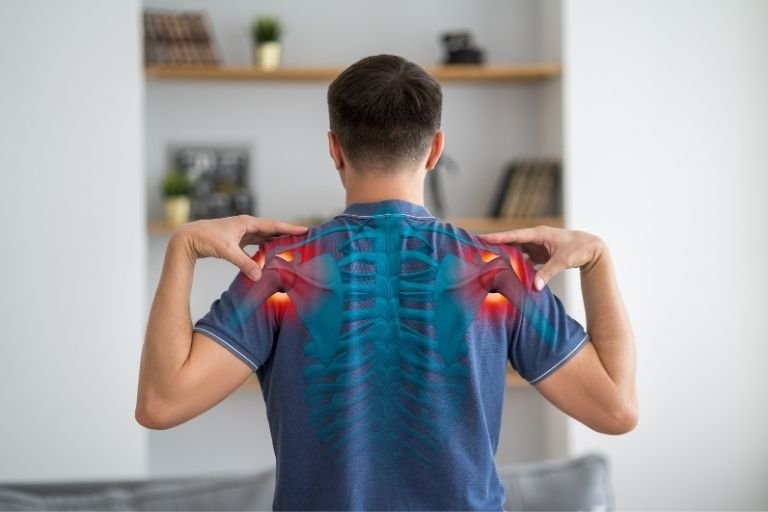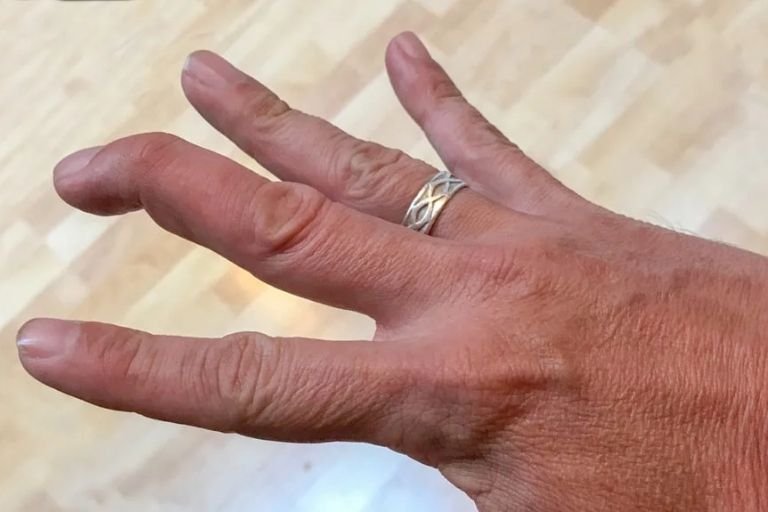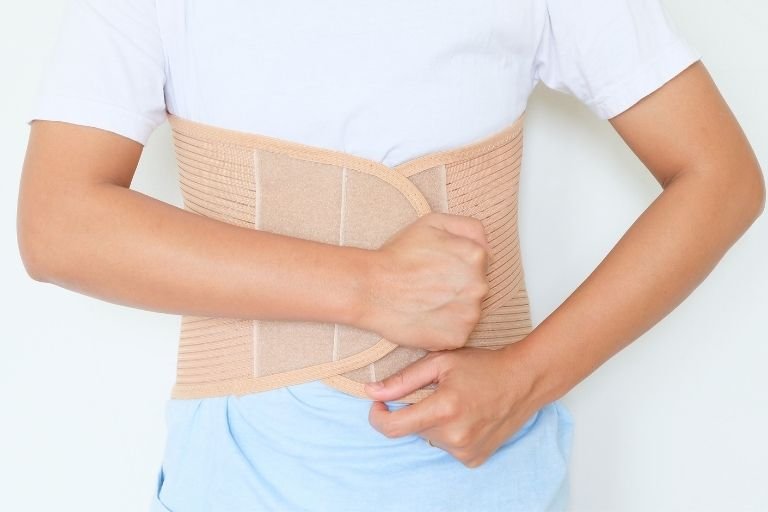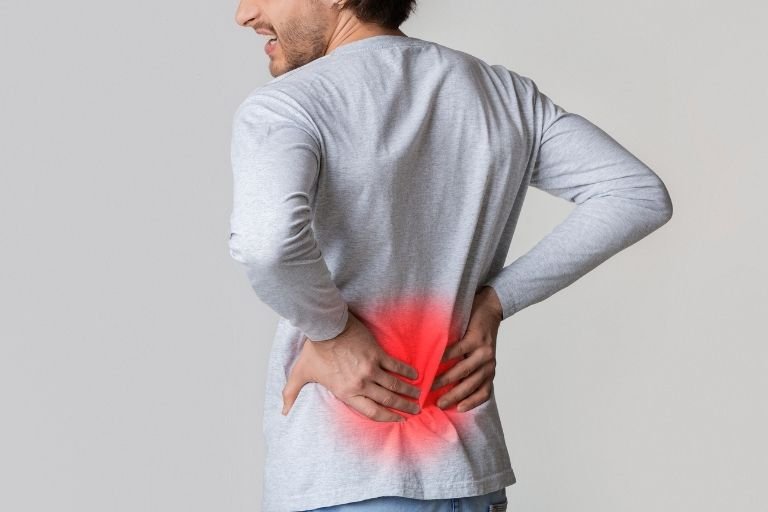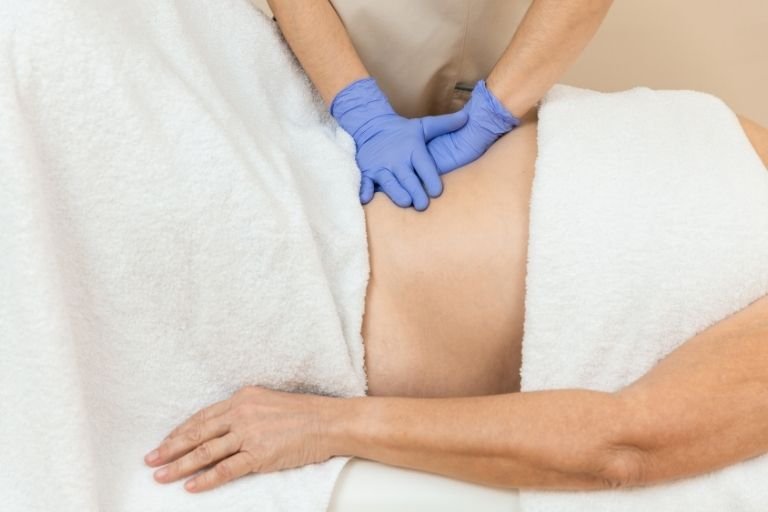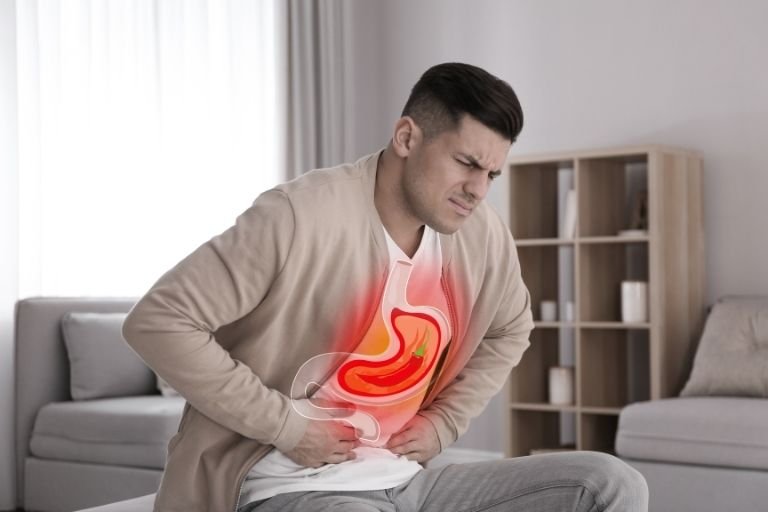- Fitwell Physiotherapy
Post Stroke Rehabilitation

Post-stroke rehabilitation is a critical component of recovery for individuals who have experienced a stroke. This process aims to help patients regain as much function and independence as possible, addressing physical, cognitive, and emotional challenges that arise after a stroke.
Please submit your details below.
Symptoms
Stroke symptoms can vary widely depending on the part of the brain affected and the severity of the stroke. Common symptoms include:
- Sudden numbness or weakness in the face, arm, or leg, especially on one side of the body.
- Confusion, trouble speaking, or difficulty understanding speech.
- Vision problems in one or both eyes.
- Difficulty walking, dizziness, loss of balance, or coordination.
- Severe headache with no known cause.
After a stroke, individuals may experience residual symptoms such as:
- Motor dysfunction: Weakness, paralysis, and spasticity.
- Sensory disturbances: Numbness and tingling sensations.
- Cognitive impairment: Memory loss, attention deficits, and difficulties in problem-solving.
- Emotional changes: Depression, anxiety, and mood swings.
- Communication issues: Aphasia, difficulty in speaking, understanding, reading, or writing.
Causes
A stroke occurs when the blood supply to part of the brain is interrupted or reduced, preventing brain tissue from getting oxygen and nutrients. There are two primary types of stroke:
- Ischemic stroke: Caused by a blockage in an artery supplying blood to the brain, usually due to a blood clot.
- Hemorrhagic stroke: Caused by a blood vessel in the brain bursting, leading to bleeding in or around the brain.
Other contributing factors include:
- High blood pressure
- Diabetes
- High cholesterol
- Smoking
- Obesity
- Atrial fibrillation
- Family history of stroke
When to See a Physiotherapist
It is crucial to see a physiotherapist as soon as possible after a stroke, ideally within the first few days of hospitalization. Physiotherapists play a vital role in the rehabilitation process, helping patients:
- Regain strength and mobility.
- Improve coordination and balance.
- Reduce pain and muscle stiffness.
- Enhance functional abilities in daily activities.
Early intervention can significantly improve outcomes and reduce the risk of long-term disability.
Risks
Post-stroke rehabilitation comes with several risks, primarily related to the severity of the stroke and the individual’s overall health. Risks include:
- Secondary complications: Such as infections, deep vein thrombosis, and pressure sores.
- Recurrent strokes: Patients who have had a stroke are at a higher risk of having another.
- Depression and anxiety: Common in stroke survivors, impacting their motivation and ability to participate in rehabilitation.
How to Prevent Stroke
Preventing a stroke involves managing risk factors and adopting a healthy lifestyle. Key preventive measures include:
- Control blood pressure: Maintain a healthy range through medication, diet, and exercise.
- Manage diabetes: Keep blood sugar levels under control.
- Quit smoking: Smoking cessation significantly reduces stroke risk.
- Maintain a healthy diet: Focus on fruits, vegetables, whole grains, and lean proteins.
- Exercise regularly: Aim for at least 150 minutes of moderate-intensity aerobic activity per week.
- Limit alcohol consumption: Drink in moderation.
- Manage stress: Practice relaxation techniques and seek support when needed.
Treatments
Post-stroke rehabilitation involves a multidisciplinary approach, including:
- Physical therapy: To improve strength, mobility, and coordination through exercises and movement training.
- Occupational therapy: To help patients relearn daily activities and use adaptive equipment.
- Speech and language therapy: To address communication and swallowing difficulties.
- Psychological support: To manage emotional changes and cognitive rehabilitation.
- Medications: To control blood pressure, cholesterol, prevent clots, and manage other underlying conditions.
- Lifestyle modifications: Including diet changes, increased physical activity, and quitting smoking.
In some cases, advanced treatments such as robotic-assisted therapy, electrical stimulation, and virtual reality-based rehabilitation may be used to enhance recovery.
Post-stroke rehabilitation is a comprehensive and ongoing process. It requires the coordinated efforts of healthcare professionals, the support of family and caregivers, and the patient’s determination and active participation to achieve the best possible outcomes.
Frequently Asked Questions
Related Conditions
How Fitwell Physiotherapy Can Help?
Dr. Richa’s Fitwell physiotherapy has an extensive team of physiotherapists all within their own specialist areas of physiotherapy. Whatever your condition, we guarantee that we will have the best physiotherapist for you. We assess, diagnose, plan, cure and care for you.
Fitwell Physiotherapy Clinic, Pune provides you best physiotherapy treatment in Kharadi, pune. We also serve Chandan Nagar, Vadgaon Sheri, Keshav Nagar, Wagholi & nearby Areas in Pune. We are experts in treating Neck Pain, Hand Pain, Back Pain, Lower Back Pain, Knee Pain, Stiff Neck, Sciatica, Arthritis, Stroke Paralysis & Post Surgical Rehab.
We provide Specialized physiotherapy treatments in Sports Injuries, Pre and post Surgery, Neurologic, Pediatric, Chronic Pain/Fatigue, Rheumatology, Women’s Health, Men’s Health, Ergonomics, Vestibular, Amputees & all sort of Pain treatment and lifestyle conditions.






















